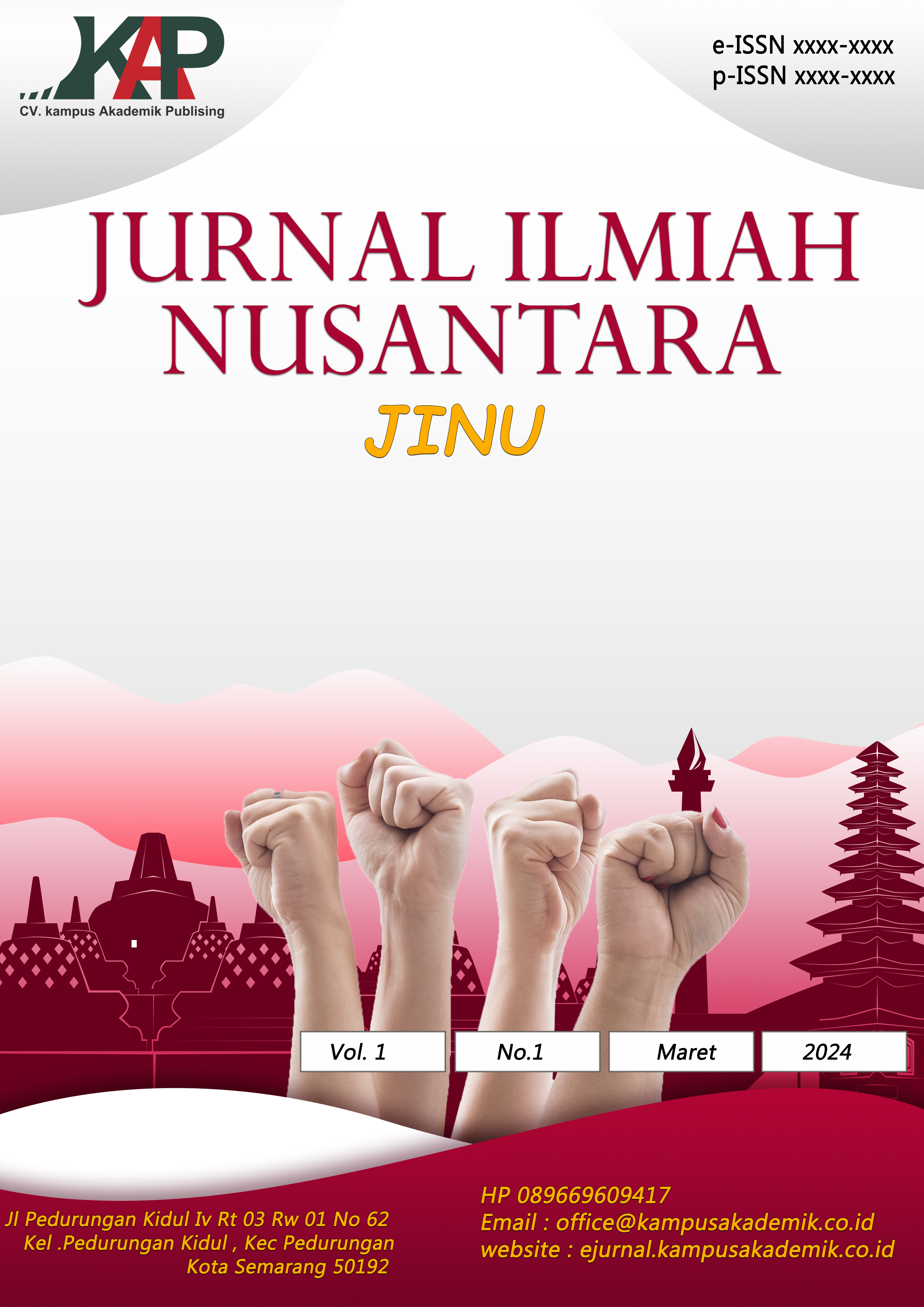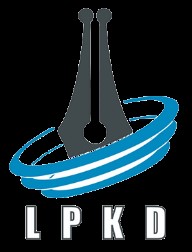Perbandingan Hasil Intracytoplasmic Sperm Injection (ICSI) antara Azoospermia Obstruktif dan Non-Obstruktif ‘Literatur Review’
DOI:
https://doi.org/10.61722/jinu.v2i4.6016Keywords:
Male Infertility, ICSI, Obstructive Azoospermia, Non-Obstructive Azoospermia.Abstract
Intra Cytoplasmic Sperm Injection (ICSI) is a reproductive technique used to help couples who have fertility problems, especially those caused by sperm factors. This procedure involves placing one sperm that has been selected by an embryologist using a microscope with a magnification of 400x, where one sperm cell is injected into 1 mature and normal egg cell using a microscopic needle. The ICSI technique is often used in couples who have fertility problems caused by poor sperm count, motility, or shape. This study uses the Literature review method by examining various basic sources of electronic data such as PubMed, Google Scholar. The following search strategy was modified for various basic data and search engines. "Intracyptoplasmic sperm injection (ICSI)", "Obstructive Azoospermia" and "Non-Obstructive Azoospermia". The results of the literature were then analyzed and processed to produce in-depth discussions and conclusions that are relevant to the research topic. A total of 22 articles of findings passed the criteria and 15 articles were found stating that the success of ICSI in obstructive Azoospermia was more significant and 7 articles stated that ICSI in non-obstructive Azoospermia did not have a significant effect. So the results of the study indicate that the application of intracyptoplasmic sperm injection in obstructive Azoospermia plays a more significant role in the success of treating infertility in men
References
Coronoa,G ( 2019 ) Sperm recovery and ICSI outcomes in men with non-obstructive azoospermia. Human reproduction update, Vol.25, No.6, pp 733-757.
Vloeberghs. V, ( 2015 ), How successful is TESE-ICSI in couples with non-obstructive azoospermia, Human Reproduction, Vol.30, No.8 pp. 1790 –1796, 2015
Yu.L ( 2022 ), Clinical Outcomes and live birth rate resulted from microdissection testicular sperm extraction with ICSI -IVF in non Obtructive Azoospermia : A sigle center cohort study, Frontiers in Endocrinology.
Songzhan.G ( 2022 ), Outcomes and affecting factors for ICSI and microTESE treatments in nonobstructive azoospermia patients with different etiologies: A retrospective analysis, Frontiers in Endocrinology .
Jingyu.S, (2020) Prediction model for clinical pregnancy for ICSI after surgical sperm retrieval in different types of azoospermia, ORIGINAL ARTICLE Andrology, Human Reproduction, Vol.35, No.9, pp. 1972–1982, 2020.
Xiaochen. Y, ( 2022 ) Does ICSI outcome in obstructive azoospermia difer according
to the origin of retrieved spermatozoa or the cause of epididymal obstruction? A comparative study, UROLOGY - ORIGINAL PAPER.
Aboukhshaba.A ( 2022 ), Testicular sperm characteristics in men with nonobstructive azoospermia and their impact on intracytoplasmic sperm injection outcome, Fertilitas dan SterilitasVolume 117, Edisi 3 ,Maret 2022, Halaman 522-527.
M. Arafa.M (2017), Chromosomal abnormalities in infertile men with azoospermia and severe oligozoospermia in Qatar and their association with sperm retrieval intracytoplasmic sperm injection outcomes, Arab Journal of Urology (Official Journal of the Arab Association of Urology).
Yalikin.I, (2017),Perbandingan antara injeksi sperma intrasitoplasma dengan keberhasilan spermatozoa testis pada pria infertil dengan azoospermia obstruktif dan non-obstruktif; analisis retrospektif, Hum Fertil (Camb).September 2017;
P. Plouvier , ( 2017 ), Kegagalan spermatogenesis ekstrem: fenotipe andrologi dan hasil injeksi sperma intrasitoplasma, Andrologi.Maret . Terbitan elektronik 10 Februari 2017.
Westlander.G. ( 2020 ), Kegunaan mikro-TESE pada kasus azoospermia non-obstruktif yang paling parah. Jurnal Ilmu Kedokteran Ups.Mei 2020
Kang.C, (2021), Peluang Reproduksi Pria dengan Azoospermia Akibat Disfungsi Spermatogenik,Jurnal Klinis Medis.31 Maret 2021
Mehmet G. (2018),Peran pengobatan varikokel dalam teknologi reproduksi berbantuan, Jurnal Urol Arab.1 Februari 2018
Okuyama.N, (2017), Hasil klinis jangka panjang dari ekstraksi sperma testis dan injeksi sperma intrasitoplasma untuk pria infertil, Biol Medis Reprod.1 Desember 2017
Verheyen.G. (2017),Pengolahan dan pemilihan sperma yang diambil melalui pembedahan untuk ICSI: sebuah tinjauan, Klinik Dasar Androl.Maret 2017
Erdem .E, (2018),Hasil injeksi sperma intrasitoplasma yang dilakukan dengan sperma yang diambil melalui ekstraksi sperma testis mikroskopis pada pasien azoospermi, Jurnal Urol Turki.November 2018
Won Choi.H,(2016), Pengaruh usia ibu terhadap kualitas embrio dan hasil kehamilan menggunakan sperma testis dengan injeksi sperma intrasitoplasma, Klinis Exp Reprod Med.Desember 2016
Shah.R, (2018),Kemajuan dalam teknik pengambilan sperma pada pria azoospermia: Tinjauan sistematis, Jurnal Urol Arab.26 Desember 2017
Klami.R, (2018), Ekstraksi sperma testis mikrodiseksi di Finlandia - hasil dari 100 pasien pertama, Acta Obstetri dan Ginekologi Scand.Januari 2018
Almekaty .K, (2019),Pelaporan tingkat kelahiran hidup longitudinal dan tingkat kelahiran kumulatif merupakan ukuran hasil yang lebih realistis dibandingkan tingkat pengambilan sperma pada pasangan yang menjalani mTESE-ICSI, Hum Fertil (Camb),Juni 2019
Goswami.G, (2015),Fertilisasi dan perkembangan embrio yang sukses setelah harapan bagi pasien azoospermia non-obstructive,J Hum reprod sci 2015
Matahari.J,(2017),Pengiriman sukses yang berasal dari spermatozoa manusia langka yang dikriopreservasi dengan kriopiece baru,Andrologi.Juli 2017
Downloads
Published
Issue
Section
License
Copyright (c) 2025 JURNAL ILMIAH NUSANTARA

This work is licensed under a Creative Commons Attribution-ShareAlike 4.0 International License.














